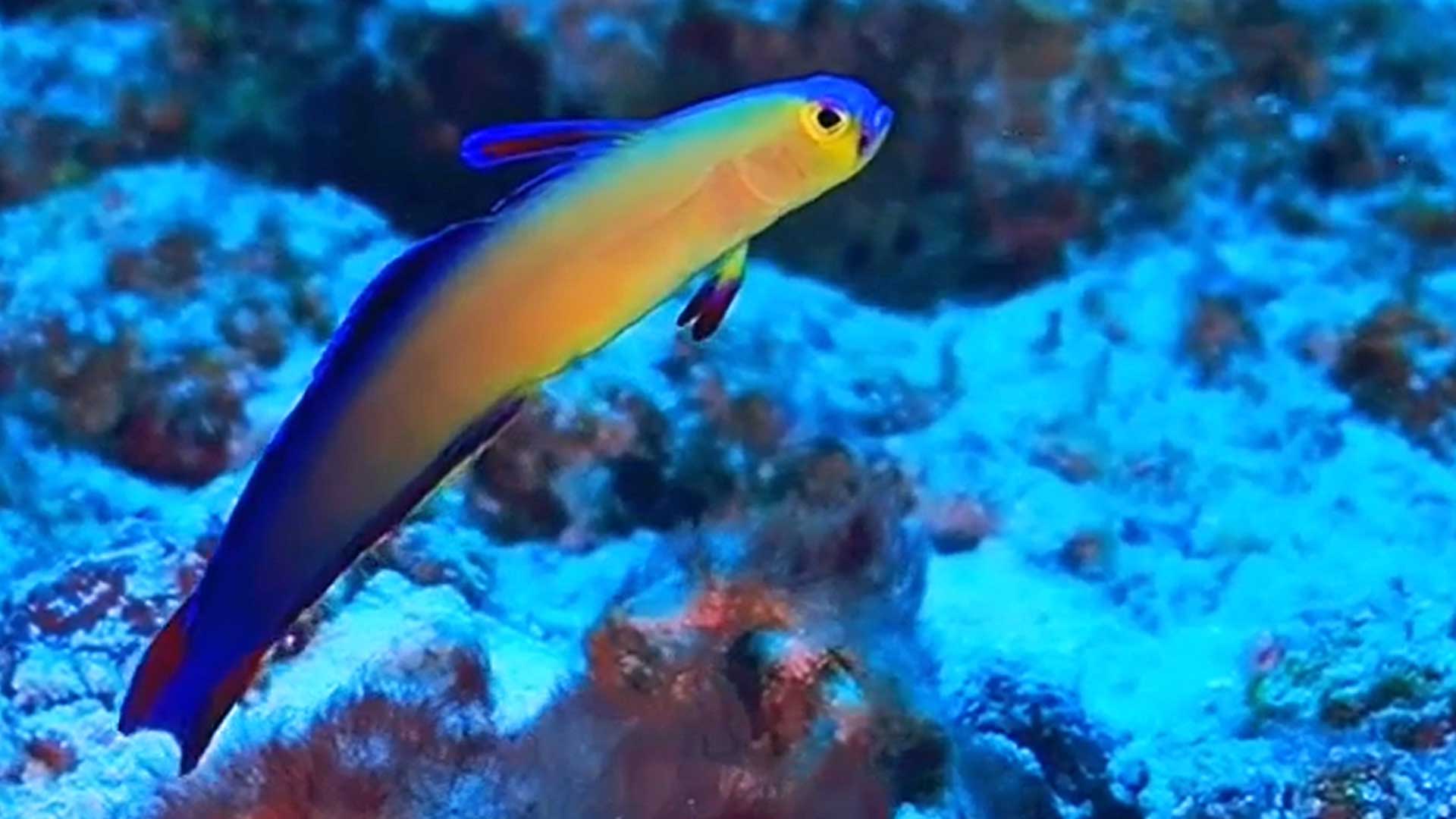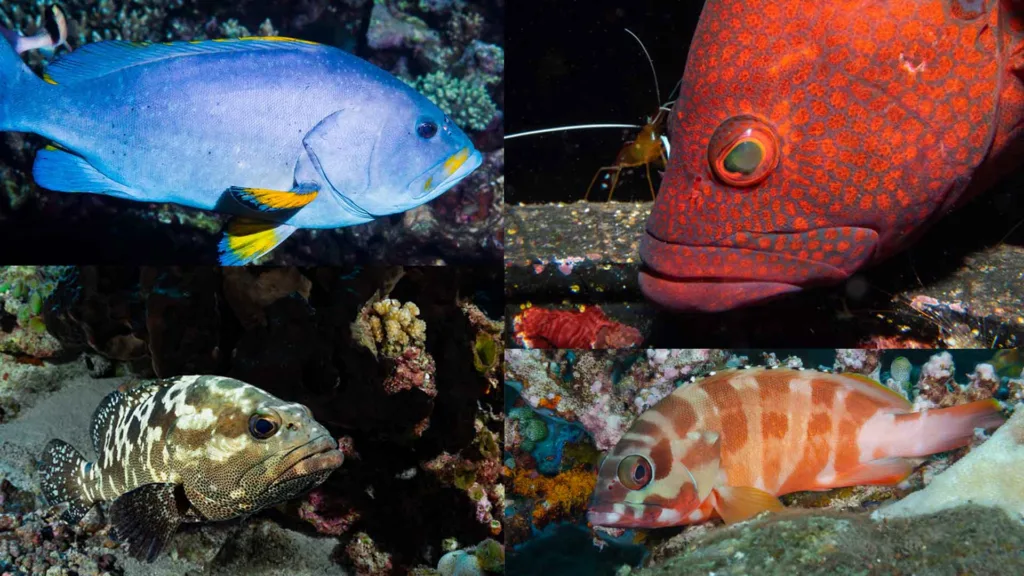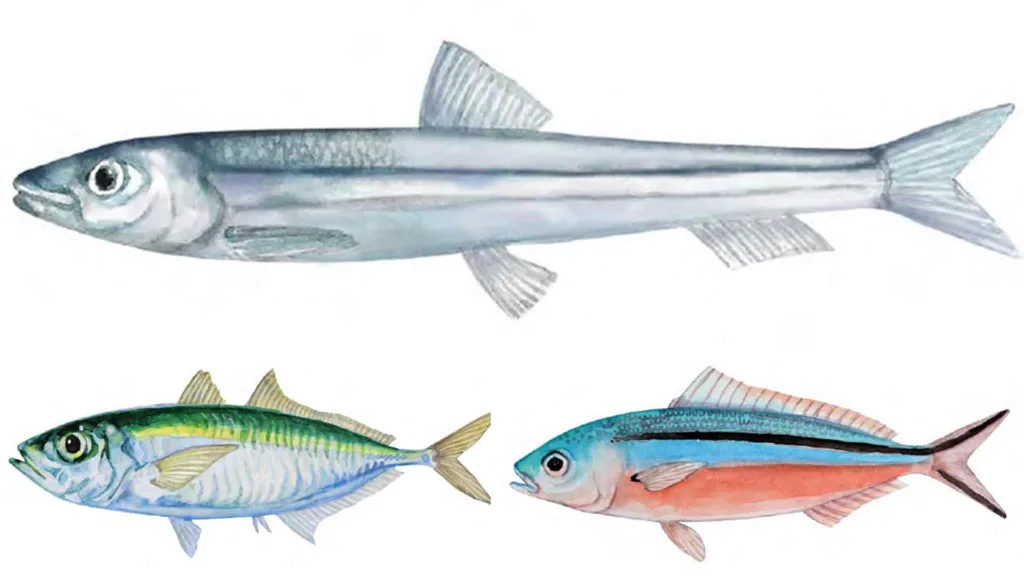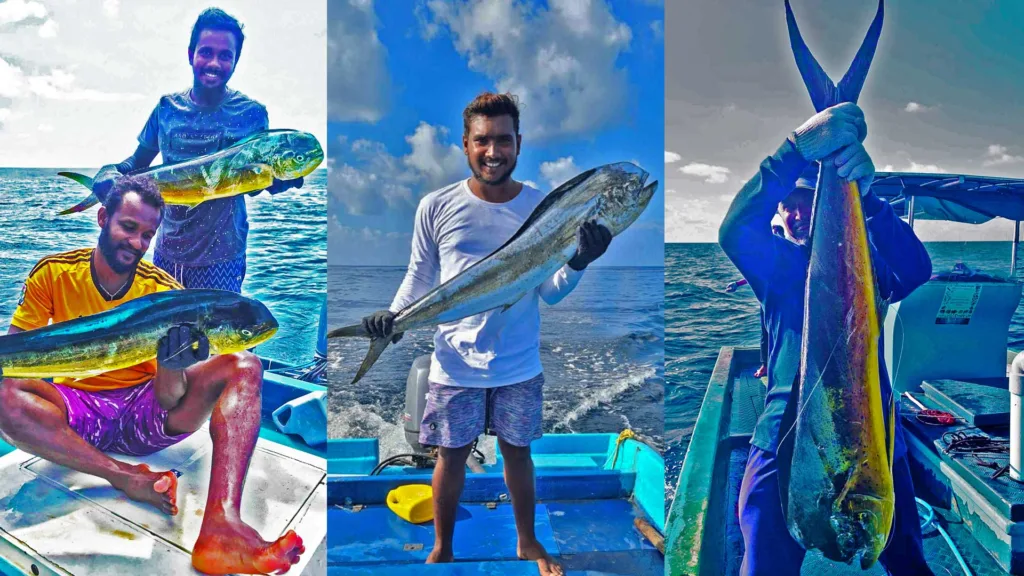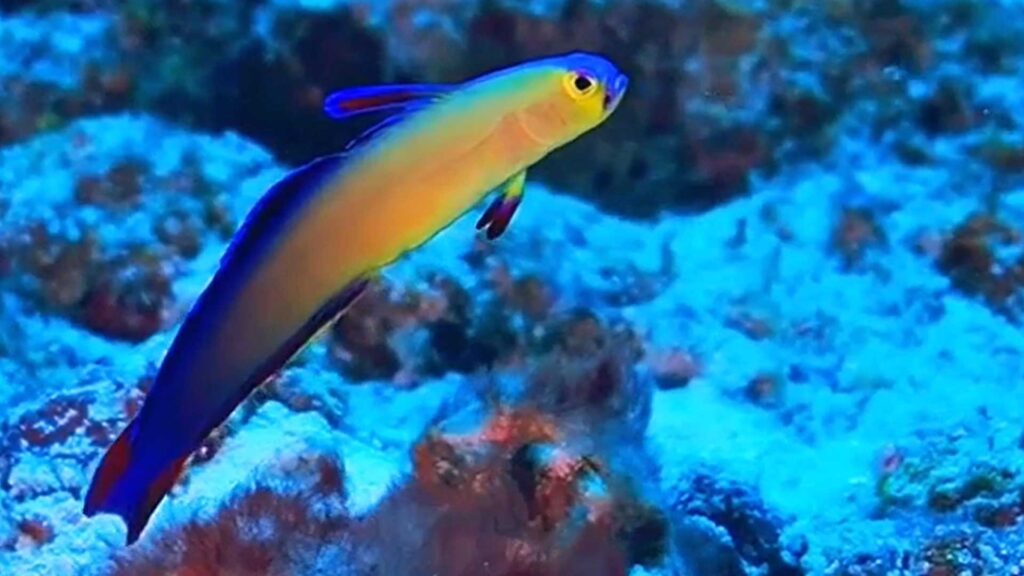
English Name : Elegant dartfish
Scientific Name: Nemateleotris decora
Family : MICRODESMIDAE
Local Name : Fari dhidha funna
Order : Perciformes
Size : Max. 6 cm
Diverse species can be found in the underwater world. Despite their small size, some species draw in divers, snorkelers, and even scientists with their eye-catching colours.
The graceful dartfish, also referred to as the decorated firefish, is the subject of this article. Their bodies are seen to be light pink to white. It has purple-red fins and a dark purple back end.
The head of this fish is white, while the back is deep purple. Another name for this fish is ‘firefish’. This fish is a member of the Microdesmidae family. This fish lives in pairs and feeds on zooplankton, particularly copepods and crustacean larvae (Frose and Paul, 2007).
N. decora is a well-known aquarium fish. It is among the most popular fish kept by aquarium owners and hobbyists.
A single fish can cost anywhere from $35 to $40, depending on its size (Madhu, Madhu, 2013).
Mauritius, Samoa, New Caledonia, the Maldives, the Philippines, Fiji, the Ryukyu Islands, and the Indo-Pacific region are all home to this fish. Typically, N. decora is captured in deeper water, between 25 and 75 metres.
I found a useful article in the “Journal of the Ocean Science Foundation” while I was researching this species. The article discussed Nemateleotris exquisita, a new microdesmid.
Microdesmid fish resemble gobies. This stunning firefish has been described based on specimens found in relatively deep water in the Red Sea, KwaZulu-Natal, and Mauritius. It is also known to exist on the Andaman Islands and the Thai coast of the Andaman Sea (Adams, 2013).
Huge fish collections were made in Indonesia and the Philippines between 1907 and 1910. The steamer Albatross of the US Bureau of Fisheries carried out the mission. A variety of techniques, including seining, dynamiting, dredging, trapping, and the use of nightlights, were used to gather the species (Randall, Connel, 2013).
Fowler (1938) described 61 new fish species from 15 families, 25 new genera, and six new subgenera from these many species. Nemateleotris was one of his collections. He chose to name the single specimen that represented this N. magnifica.
The prefix ‘nemat’ in Greek means ‘thread’. Additionally, a revision of the genus Nemateleotris is published by Randall and Allen (1973). Three species, including N. magnifica Fowler and two new species, N. decora and N. helfrichi, were discovered. Additionally, reports of Nemateleotris decora have come from the Coral Sea, Papua New Guinea, the Solomon Islands, and Palau (Randall, Connel, 2013).
A specimen of Nemateleotris, identified as N. decora by Randall and Allen (1973), was collected by the first author from Mauritius in 1973 at a depth of 56 metres.
He gathered a second specimen in the northern Red Sea in 1977 at a depth of 69 metres. In 1978 and 1990, Daniel Pelicier contributed more specimens from Mauritius. Nemateleotris decora was reported from the Andaman Sea off the southwest coast of Thailand by Satapoomin (2007) and Shibukawa in Kimura et al. (2009).
Nemateleotris species found in the western Indian Ocean are depicted in Satapoomin’s colour scheme. Shibukawa used the same illustration.
In August 2011, the second author collected a specimen of this colour form at a depth of 42 metres off Sodwana Bay, KwaZulu-Natal, where it had previously been identified by local divers. He gathered three more specimens from the same location in March 2012.
Additionally, he saw it singly or in pairs 45 metres off the Aliwal Shoal Marine Protected Area off Scottburgh, which is roughly 60 kilometres south of Durban, and in about 45 metres off Inhaca Island in southern Mozambique.
The study of these additional specimens has led us to conclude that the Indian Ocean population is a new species.
This publication included important colour illustrations for the four species of the microdesmid fish genus Nemateleotris: N.magnifica (Fowler), N. helfrichi (Randall & Allen), N. decora (Randall & Allen), and the newly discovered species Nemateleotris exquisite.
The slenderer body, longer snout, typically shorter first dorsal spine, and colour of the new species set it apart from its sibling species, N. decora, in the western Pacific.
The yellow, pale anterior portion of the body extends more posteriorly. Additionally, there seems to be a difference between the two species’ maximum sizes. The standard length of the largest N. decora is 49.5 mm, while that of N. exquisita is 66 mm.
